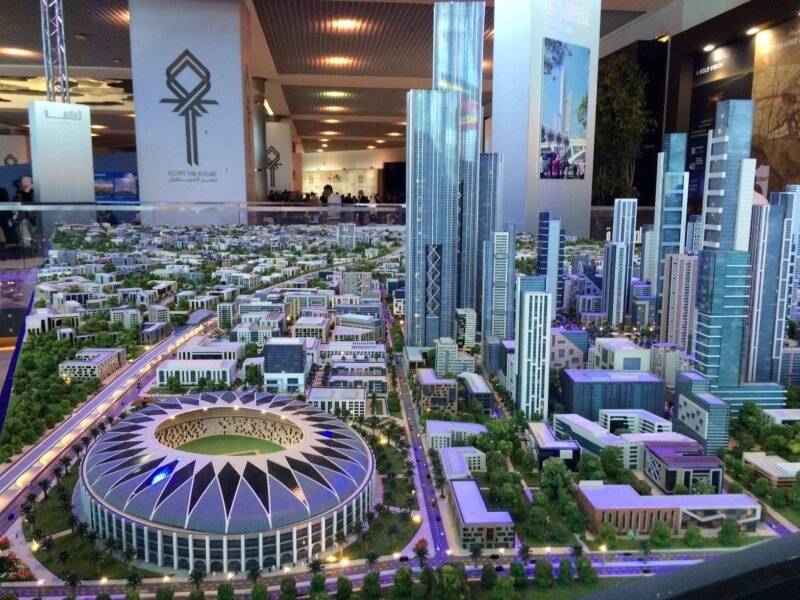Eco-friendly, utterly modern and well-planned administrative and business capital of Egypt will appear to the east of Cairo, linking it up with the Suez Canal zone. The mega-project was unveiled during the three-day economic summit held in Sharm El-Sheikh on March 13-15.








